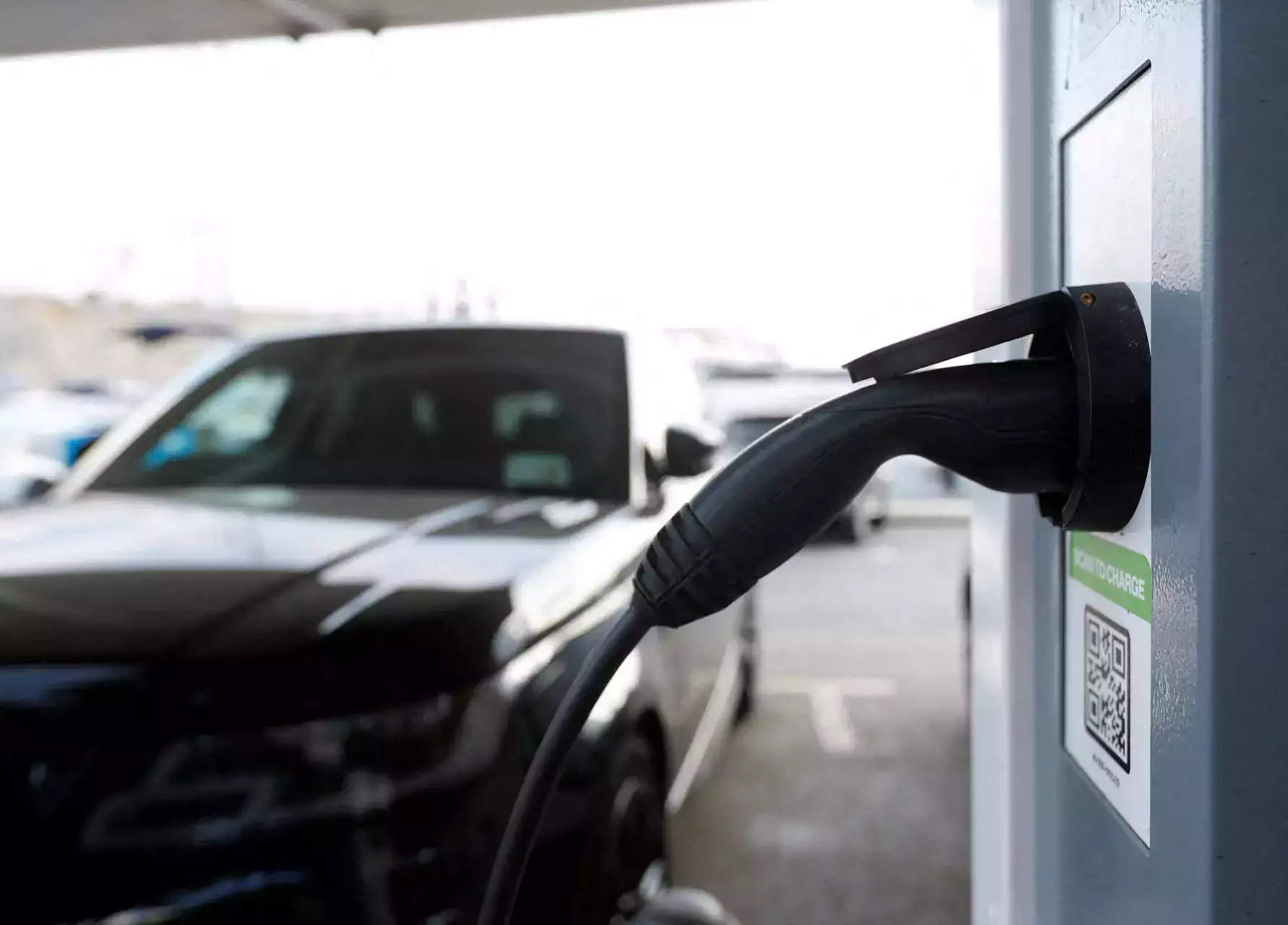
Battery management: Even in entry-level electric 3Ws, a basic battery management system (BMS) software can help monitor and optimize battery performance, ensuring safe and efficient operation. Altigreen’s proprietary BMS extends battery life and improves overall vehicle range.
Motor control: Software algorithms are used to control the electric motor in Altigreen 3Ws, providing smooth acceleration, efficient power delivery, and regenerative braking capabilities. This enhances the driving experience and energy efficiency.
Diagnostics and maintenance: All Altigreen EV components generate data on a multitude of parameters. Simple VCU software helps to monitor the vehicle's drivetrain systems, sending alert messages about potential issues or maintenance requirements. This can prevent breakdowns and reduce downtime, improving overall reliability.
Telematics and fleet management: For commercial applications, software enables telematics features, such as vehicle tracking, temperatures, energy consumption – all of which are used in route optimization, and fleet management. This can improve operational efficiency and reduce costs.
User interface and displays: Even with limited resources, software can provide a user-friendly interface and display vital information, such as battery level, range, and vehicle status, enhancing the overall user experience.
Integration with mobile apps: Altigreen facilitates the integration of its e3Ws with mobile applications, enabling features like remote monitoring, and basic diagnostics and maintenance scheduling.
Energy-saving algorithms: Altigreen’s proprietary software algorithms are employed to optimize energy consumption by intelligently managing driveline systems like acceleration, speed, or auxiliary components, improving the overall range and efficiency of the vehicle.
While the software implementation may be more basic and focused on essential functions in the 3Ws, it can still contribute to improved performance, efficiency, and user experience within the constraints of cost and resource limitations. As technology advances and adoption increases, more sophisticated software features will become accessible and integrated into our vehicles.
But then, who pays for all this software and gigabytes of data being generated by vehicles daily? There are several potential approaches and considerations regarding who should bear these costs. First and foremost, as the primary users of the technologies, OEM and auto manufacturers may choose to absorb the costs associated with building and storing the required datasets. This investment can be seen as part of their material costs, aimed at creating competitive advantages through enhanced features, improved user experiences, and more efficient development processes.
Further, OEMs can explore partnerships with technology companies, research institutions, or specialized data providers. By combining their resources and expertise, the costs and responsibilities of data acquisition, storage, and model development can be shared, potentially reducing the individual burden on OEMs.
Altigreen is taking it a step further and exploring monetization of our detailed and processed data through subscription-based models or data-as-a-service offerings, where our customers and third-party developers pay for access to the datasets (and pre-trained models soon). This approach will help offset the costs associated with data collection and storage, while also creating an additional revenue stream for us.
Last but not the least, I believe our government is interested in promoting the adoption of EVs and advancing AI technologies; and may provide incentives, grants, or subsidies to support OEMs in their data collection and GenAI development efforts. This can help defray the costs and accelerate the integration of these technologies into EVs.
Ultimately, the decision on who should bear the costs will depend on various factors, including the OEM's strategy, the competitive landscape, regulatory requirements, and the potential return on investment from integrating GenAI technologies into EVs. OEMs may need to explore a combination of these approaches and evaluate the most cost-effective and sustainable models for their specific circumstances.
Disclaimer: The copyright of this article belongs to the original author. Reposting this article is solely for the purpose of information dissemination and does not constitute any investment advice. If there is any infringement, please contact us immediately. We will make corrections or deletions as necessary. Thank you.





